The Bantam 350 is built in India and shares many similarities with the Jawa 42 FJ.
BSA resurrected the Bantam name with a new 350cc model for overseas markets and this new model is closely related to the Jawa 42 FJ we get here. In this story, we’ll outline the differences between the new Bantam and the 42 FJ.
Jawa 42 FJ vs BSA Bantam 350: engine and dimensions
Bantam and 42 FJ are mechanically almost identical
The Bantam 350 is built on the same 334cc platform shared with other Yezdi-Jawa models sold in India and as such has many mechanical similarities to these bikes. In fact, it makes the same 29hp and 29.62Nm of torque as the Jawa 42 FJ (its platform engineered sibling). Its chassis components like suspension, brakes and tyres are also identical to the 42 FJ.

The few mechanical differences between the Bantam and the 42 FJ are ironically a by-product of the bike’s design. In trademark Jawa fashion, the 42 FJ has a twin exhaust pipe setup whereas the Bantam 350 uses a straightforward single exhaust pipe. Both bikes also have the same wheelbase and near identical kerb weights (BSA weighs 185kg, 1 kilo more than Jawa). The only slight difference is in the seat height wherein the Jawa 42 FJ has a lower 790mm perch whereas the Bantam has an 800mm tall seat.

Jawa 42 FJ vs BSA Bantam 350: design and features
Similiar features but bodywork is different
However, as close as the two are in terms of their mechanicals, the platform-engineered BSA and Jawa are quite different when it comes to their visuals. For starters, the Bantam’s bodywork is noticeably different from the 42 FJ with areas like the seat, display positioning, rear fender and cladding around the fuel tank differing between the two. The Bantam also gets fork gaiters which the 42 FJ doesn’t. The little BSA’s engine also has the company’s logo on the block, whereas the Jawa’s engine block is simpler.
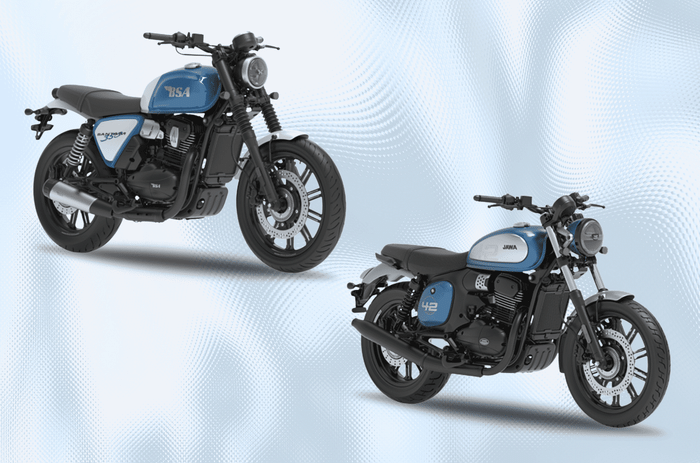
Currently, there are no plans to sell the BSA Bantam 350 in India and the company will focus on its 650cc portfolio for our market.
Also See: Honda CB125 Hornet vs rivals: specification comparison








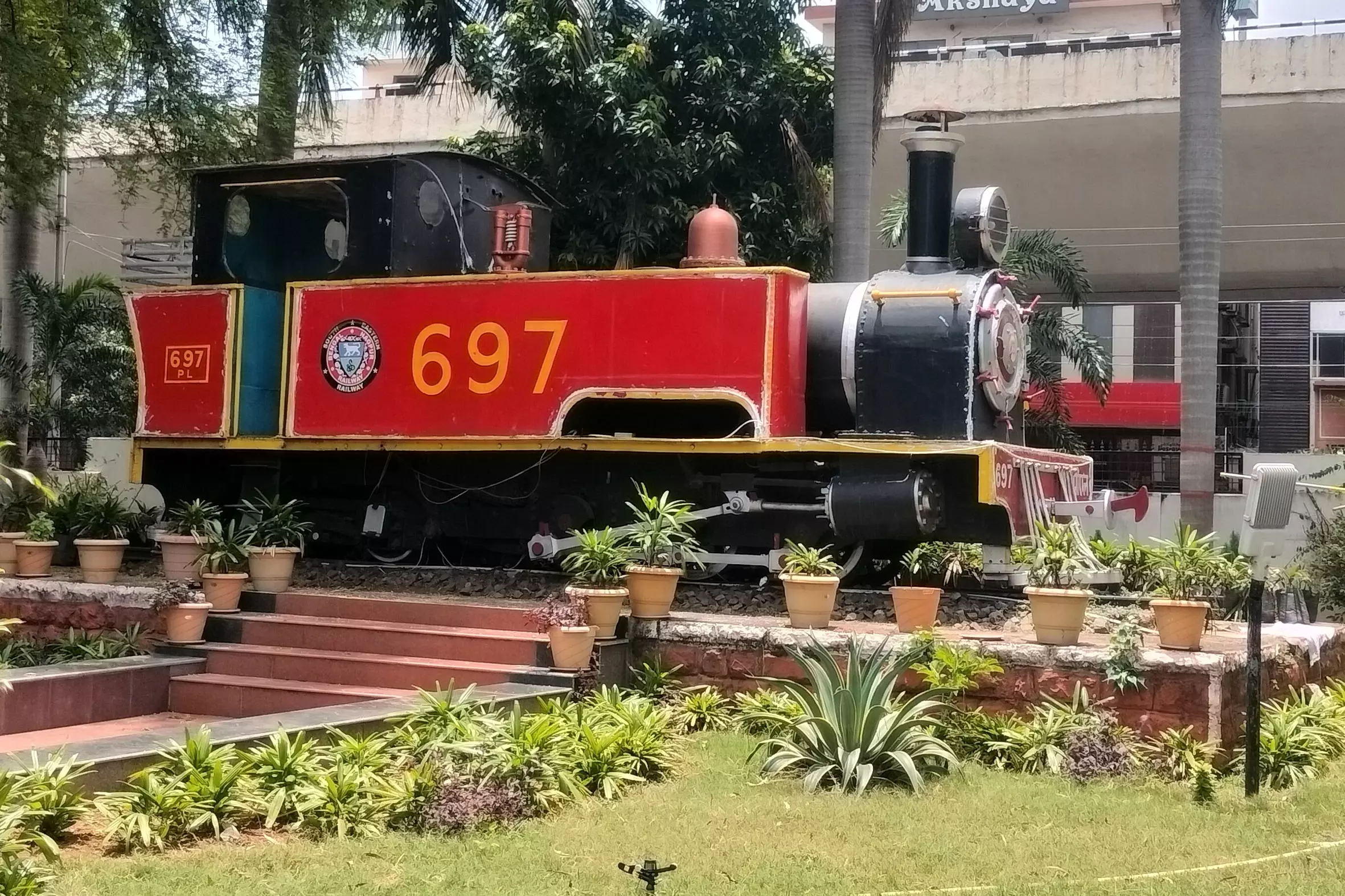

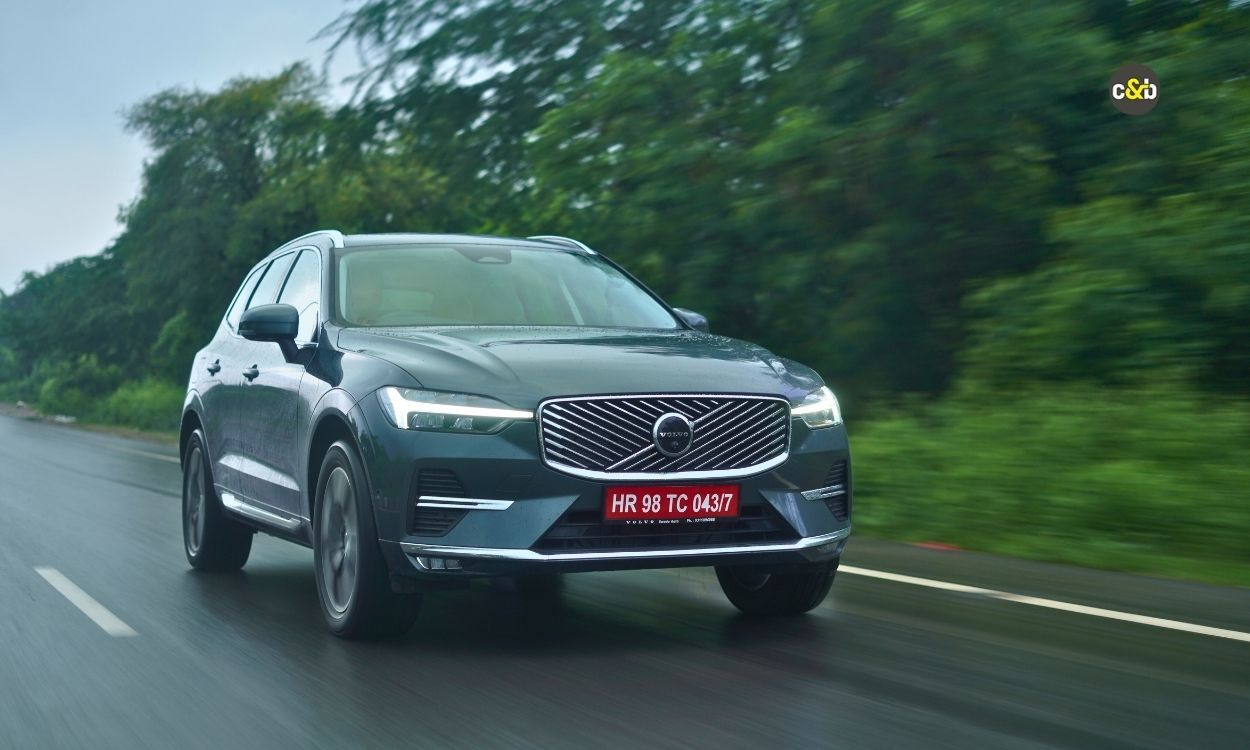
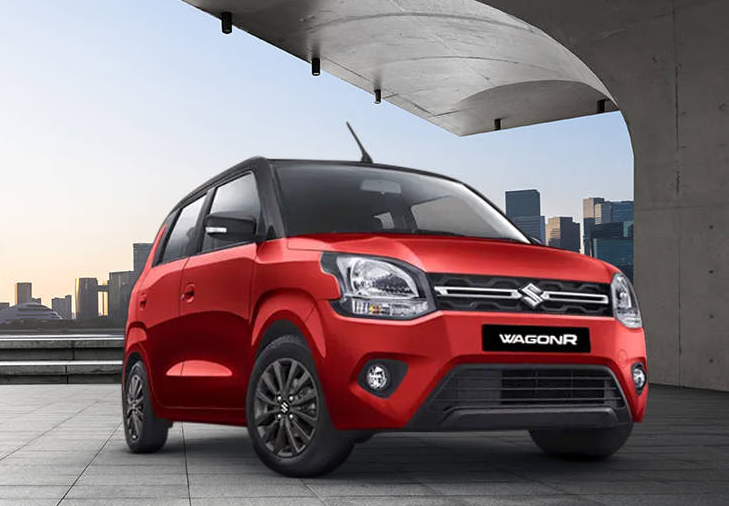



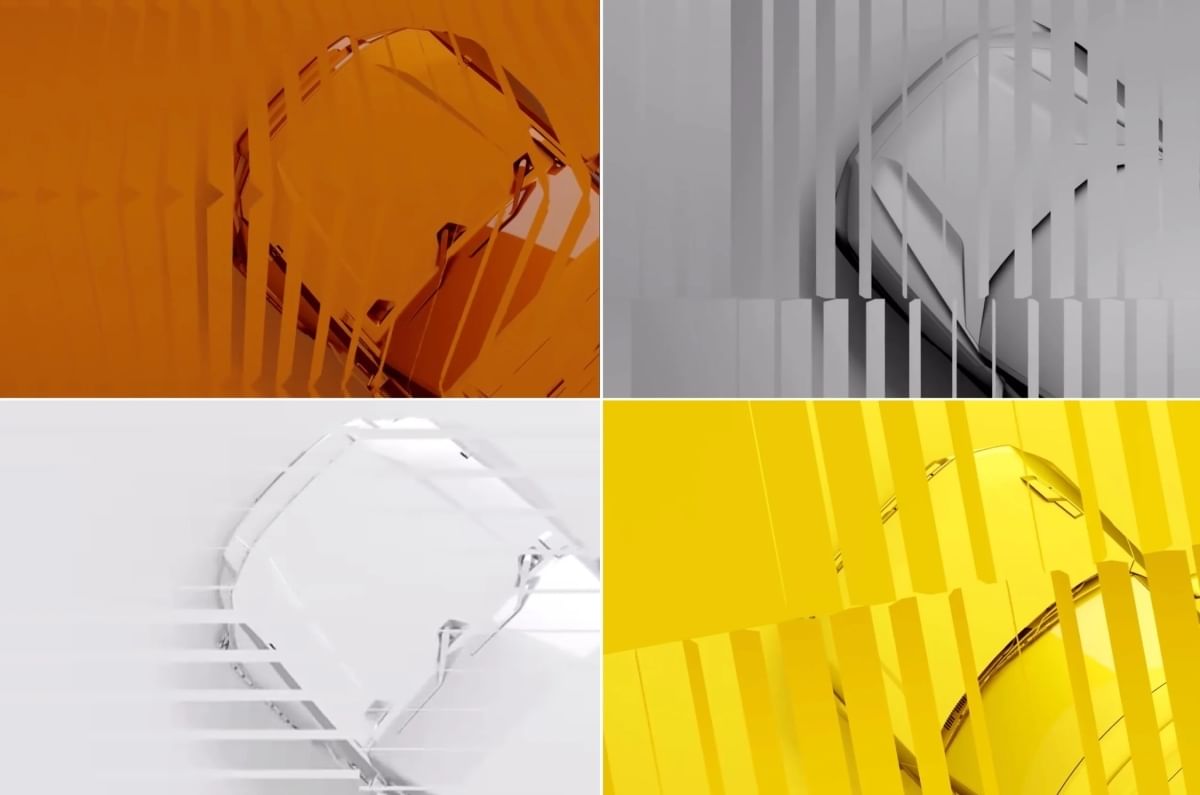
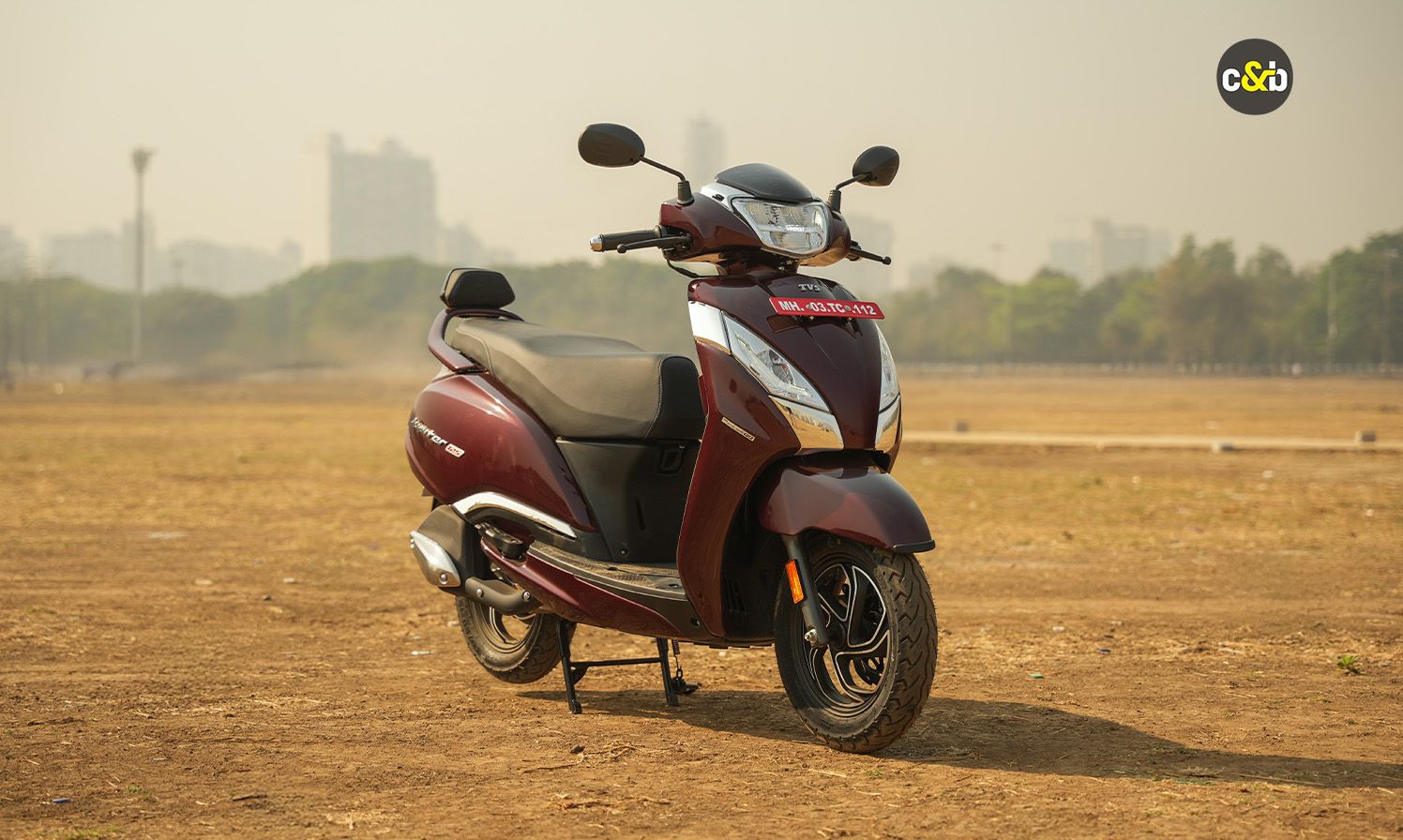
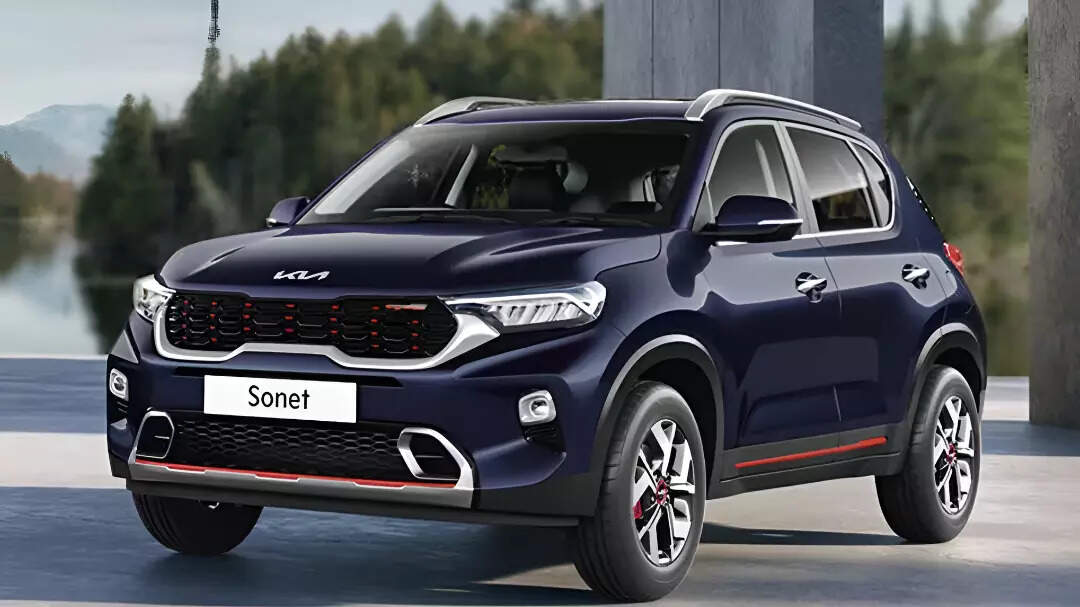
.jpg?w=700&c=0)







































